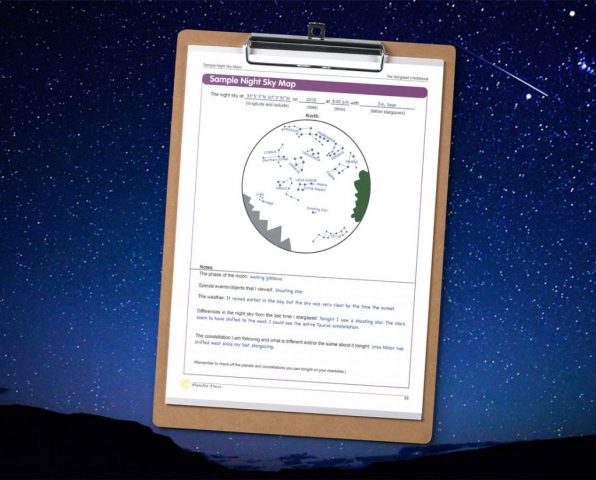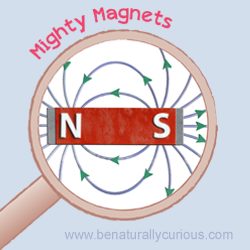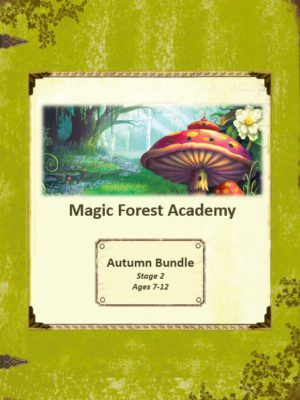Description
Part stargazing journal and part astronomy lab, The Stargazer’s Notebook provides the ideal instruction manual, planner, journal, and cosmos laboratory for the astronomy student, amateur stargazer, and anyone else wanting to learn more about the stars, planets, and celestial objects that occupy our skies.
Written by RSO Astronomy 2 author Blair Lee, The Stargazer’s Notebook can be used as an adjunct to a formal astronomy course or as a stand-alone study of the night sky. Once every month for a whole year, you will learn about an interesting aspect of the cosmos, such as the colors of the stars and why stars appear to twinkle in the sky. You will also spend an evening each month of the year studying the night sky and drawing what you see. You will chronicle the patterns and locations of constellations and their movement across the night sky. You will find planets, galaxies, and stars. You will even prove that Earth revolves around, or orbits, the sun and not the other way around. In addition, you will aim to see special night sky events as they occur. Your goal is to view and draw meteor showers, falling stars, and maybe even a lunar or solar eclipse. Is a comet coming your way? Are the planets in a special alignment at any time this year? If so, you will learn how to view and draw these events.
Included in this book:
- Step-by-step stargazing instructions
- 12 Night Sky Maps to record monthly observations
- 12 Night Sky Labs to study, model, and learn about the cosmos
- Planning tools, calendars, and checklists
- Instructions for the Northern Hemisphere and the Southern Hemisphere
Map the night sky:
- Learn how to stargaze using just your eyes
- Chronicle the patterns and locations of constellations
- Locate planets, galaxies, and stars
- View exciting cosmic events including meteor showers, eclipses, and auroras
- Map the sky to prove scientific theories and concepts
There are dozens of articles about teaching & learning science on the SEA Homeschoolers blog.










Reviews
There are no reviews yet.